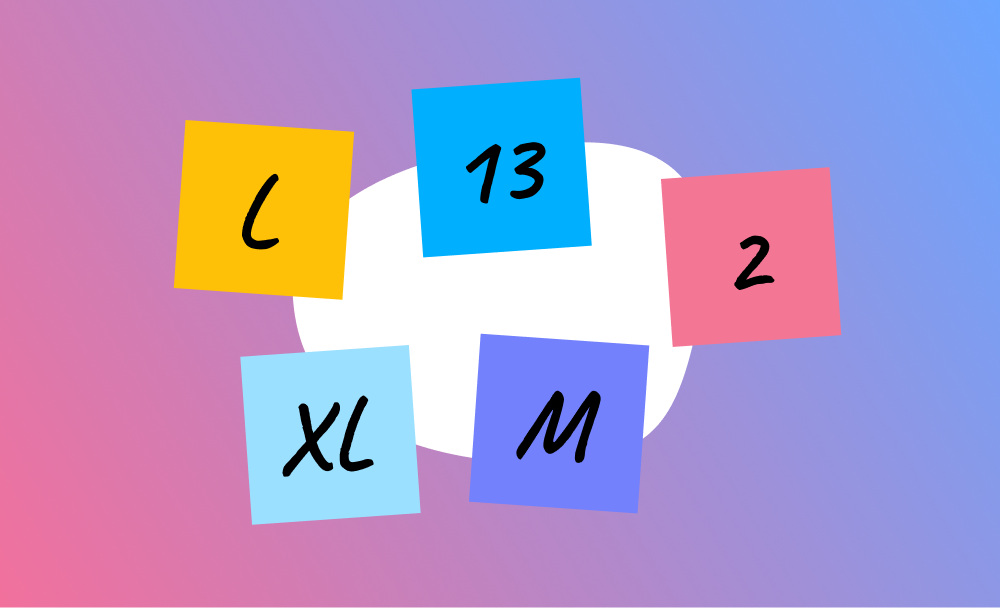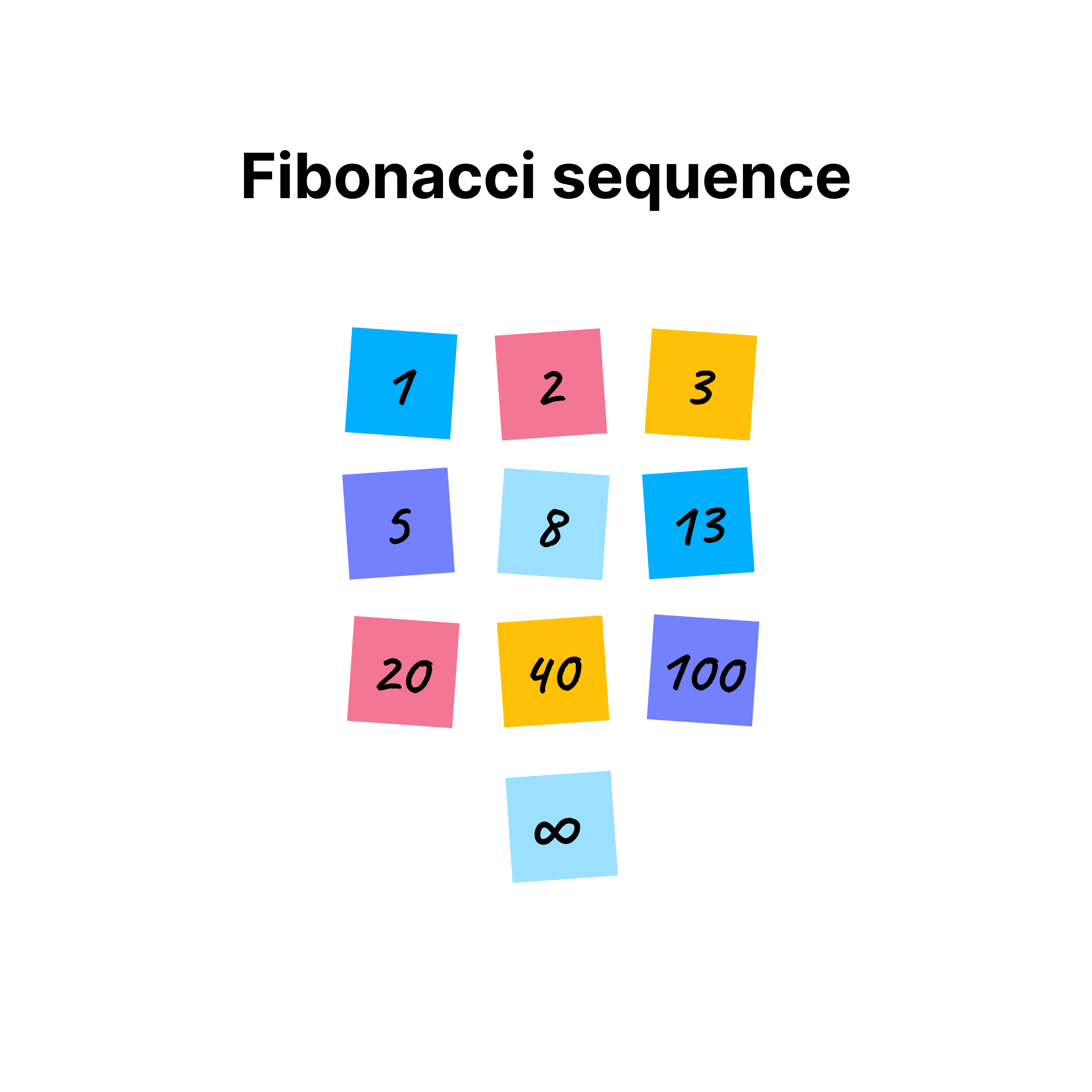T-Shirt Size vs Fibonacci Sequence in Agile Planning
Accurate estimation is crucial for planning and delivering successful projects. Two popular methods for estimating the complexity of tasks or user stories are T-Shirt sizes and the Fibonacci sequence.

Accurate estimation is crucial for planning and delivering successful projects. Two popular methods for estimating the complexity of tasks or user stories are T-Shirt sizes and the Fibonacci sequence. Each approach has its advantages and is preferred by different teams depending on their needs and project dynamics. Let's explore these estimation techniques, discussing their characteristics, and when to use each.
T-Shirt Sizes: S, M, L, XL
T-Shirt sizes are a straightforward estimation method that uses familiar clothing sizes to represent the complexity or effort for a task. The sizes typically used are Small (S), Medium (M), Large (L), and Extra-Large (XL), and Extra-Extra-Large (XXL). This method is often preferred for its simplicity and ease of understanding.

Advantages of T-Shirt sizes
1. Simplicity: T-Shirt sizes are easy to grasp by everyone, making them accessible to both technical and non-technical team members.
2. Quick estimations: Teams can quickly assign sizes during backlog grooming or sprint planning sessions without the need for detailed analysis. These are usually good for finding rough estimates of large chunks before they're broken down.
3. Reduced bias: The use of abstract sizes helps minimize anchoring bias for teams who might not have a common understanding of relativity between numbers in the Fibonacci sequence.
Fibonacci Sequence: 1, 2, 3, 5, 8, 13...
The Fibonacci sequence is a numerical series where a number is the sum of the two numbers that precede it. Surprisingly it appears often in nature and mathematics. It starts with 0 and 1, and each subsequent number is the sum of the two preceding numbers (0, 1, 1, 2, 3, 5, 8, 13, and so on). In agile estimation, the Fibonacci sequence is applied to represent the relative complexity of tasks, the higher the number, the higher the degree of complexity.

Advantages of the Fibonacci sequence
1. Relative estimation: The Fibonacci sequence encourages teams to think relatively about complexity. It helps to emphasize that some tasks are significantly more complex than others by comparing them in relation to Fibonacci sequence numbers.
2. Granularity: The sequence provides a finer granularity for estimation, allowing for more nuanced distinctions between tasks. This also encourages discussion and debate based on different perspectives in the team.
3. Uncertainty acknowledgment: Larger numbers in the sequence acknowledge the inherent uncertainty in estimating complex tasks. If an estimate for a task is too large, it might be that the task needs to be broken down into more granular tasks.
4. Effective for sprint velocity: Agile teams can use historical data based on Fibonacci estimates to calculate sprint velocity. For example, if a team can complete 20 points in a sprint, tasks whose complexity estimate add up to 20 or less are likely to be done within the time period. E.g. Two tasks of complexity 5, three tasks of complexity 3, and one task of complexity 1.
When to use T-Shirt sizes or Fibonacci sequence
The choice between T-Shirt sizes and the Fibonacci sequence depends primarily on project complexity and team experience.
- Project complexity: For straightforward projects with relatively uniform tasks, T-Shirt sizes may be sufficient. It offers simplicity and speed.
- Complex projects: When dealing with intricate projects with varying levels of complexity, the Fibonacci sequence provides a better means of distinguishing between tasks.
- Team experience: Consider your team's familiarity with estimation and their common understanding among each other. Newer teams may find T-Shirt sizes easier to grasp initially, while more experienced teams may prefer the precision of the Fibonacci sequence.
- Historical data: If your team has historical data based on Fibonacci estimates, it may make sense to stick with this method for consistency and improved accuracy in predicting sprint velocity going forward.
- Client or stakeholder preference: Sometimes, client or stakeholder expectations play a role. If they are more comfortable with one method over the other, it might influence communication, and expectation management.
Some teams choose to combine both methods. For instance, they might use T-Shirt sizes for high-level backlog refinement and the Fibonacci sequence for detailed task sprint planning.
Whether you prefer the simplicity of T-Shirt sizes or the precision of the Fibonacci sequence, the ultimate goal is to foster alignment in the team, improve accuracy of estimates, and streamline project planning. So adjust your technique as you learn.
Here's an example planning poker session in Interacts. Your team can estimate sizes individually in private, then have the results revealed and discussed, until a consensus decision is made. You can also have your team estimate in their own time, then playback and discuss estimates in a session collaboratively - saving time, and streamlining team workflow.




